We have the pleasure of Helen from Actually Mummy in our 31 Days of Learning event today. She is talking to us about how we can help our kids learn about Diabetes. Diabetes is quite a common condition – you might have heard about it in the news, or perhaps there’s someone in your class at school who has it. But do you know the difference between the two types, and what it means for the person who has it? This straightforward guide will help children to understand what type 1 diabetes is, what it means for the people who live with it, and how they can help.

Type 1 or Type 2?
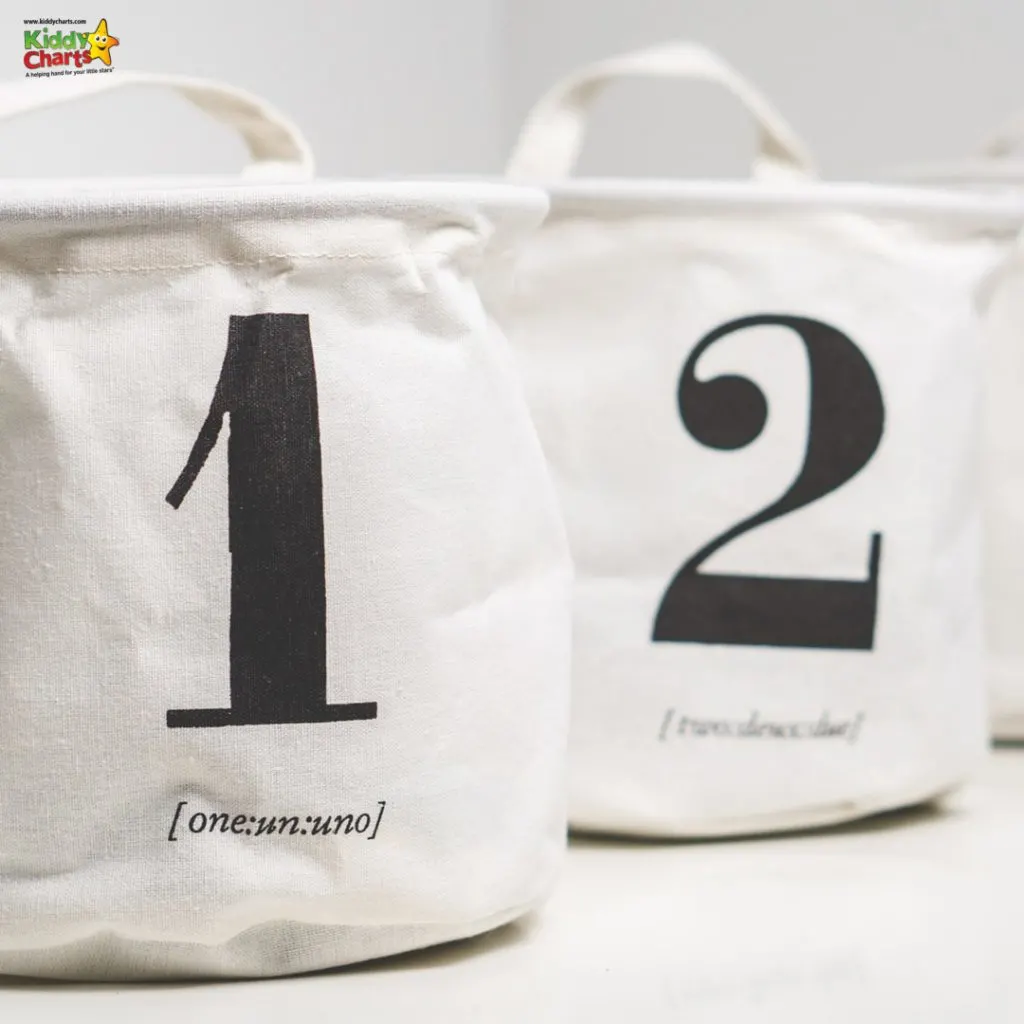
You’ve probably heard about diabetes on the television or seen headlines in newspapers. Usually these articles talk about type 2 diabetes; that’s because it’s the type that most people with the condition have. Diabetes is often painted in a negative light because your risk of getting it is higher if you eat unhealthily, or don’t take exercise, but you can get it even if you’re fit and healthy. With type 2 it is possible for some people to manage their condition by eating well and exercising, but some have to take insulin. We’ll explain more about that later on.
Type 1 diabetes has nothing at all to do with what you eat. It’s an autoimmune condition; this means that the body identifies its own pancreas as an enemy and starts to attack it. No one knows why this happens, but it’s not caused by anything the person did, and certainly not by anything they ate. With type 1, the body can no longer make any insulin, so it has to be injected.
Why do you need insulin?
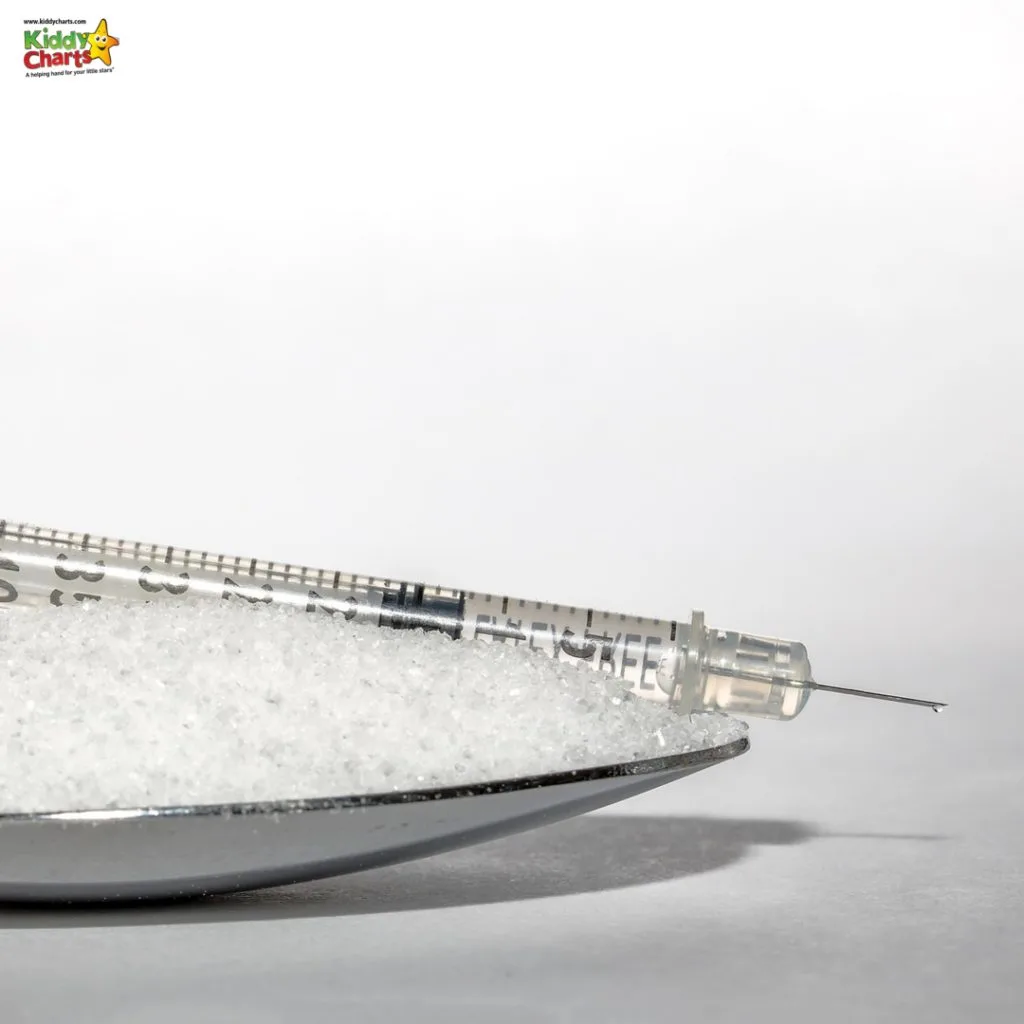
Without insulin your body can’t break down the glucose (a kind of sugar) it needs to give cells the energy to function. You become very tired because you can’t access that energy source. Insulin ‘unlocks’ the door to your body’s cells so that the glucose can enter and be used. Whenever you eat carbohydrates (things like rice, pasta, bread and sugar), your body converts them into glucose for fuel, so you need insulin to move the glucose from your blood to your cells. So carbohydrates raise blood sugar levels, and insulin lowers them.
There is carbohydrate in almost every food, including fruit and vegetables, so someone with type 1 diabetes will need to inject insulin nearly every time they eat.
You also need some insulin ‘in the background,’ because your body releases glucose that’s stored in your liver into the bloodstream whenever you’re ill, when you sleep, and when you’re growing. Even stress or nerves can cause you to get a high blood sugar!
What are hypos and hypers?
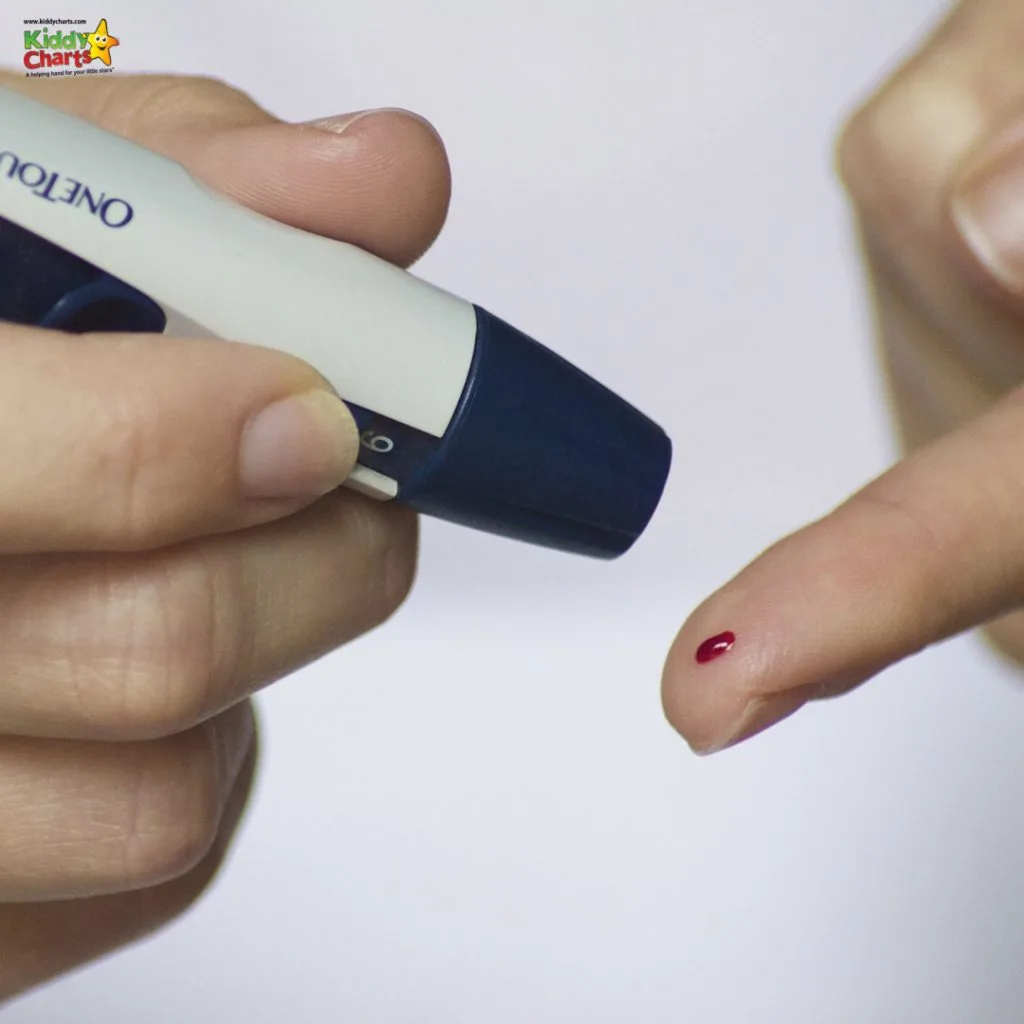
Every time you take insulin you have to work out the dose, based on what your blood sugar is at the time, and how much carbohydrate you’re planning to eat. This is why people with diabetes prick their fingers to test their blood. The amount is different every time, so it’s easy to get it wrong sometimes. When this happens you might have a hypo (a low blood sugar) or a hyper (a blood sugar that is too high).
Hypos:
A hypo (when the blood sugar level is below 4.0) feels really unpleasant and can be quite dangerous if it isn’t treated quickly. You might feel dizzy and confused, or your hands might shake.
If you’ve ever fainted, it’s a bit like that. If you’re hypo you need a sugary drink or sweets really quickly to prevent it getting any worse. You need to stay still too, because even walking can make your blood sugar levels drop further.
Usually it will come up to a good level after consuming sugar, but if it doesn’t you might need to go to hospital.
Hypers:
A high blood sugar can make it difficult to concentrate, and if it’s left high for too long you might get a bad headache, feel sick, or even need hospital treatment.
To bring blood sugar back down, you usually need to take an insulin dose.
How can you help?

Most people with diabetes don’t want a fuss. They already feel different, and that’s not fun, so don’t treat them any differently – after all, nothing has changed about them except their pancreas.
It’s kind though to bear in mind that they might have times when they feel unwell, or sad about how much they have to deal with. If your friend is having a hypo, let someone know that they might need sugar, and make sure someone stays with them until they feel better.
If they’re feeling frustrated about their condition, ask how they feel, and reassure them that it doesn’t matter to you that they have diabetes.
What are the signs?
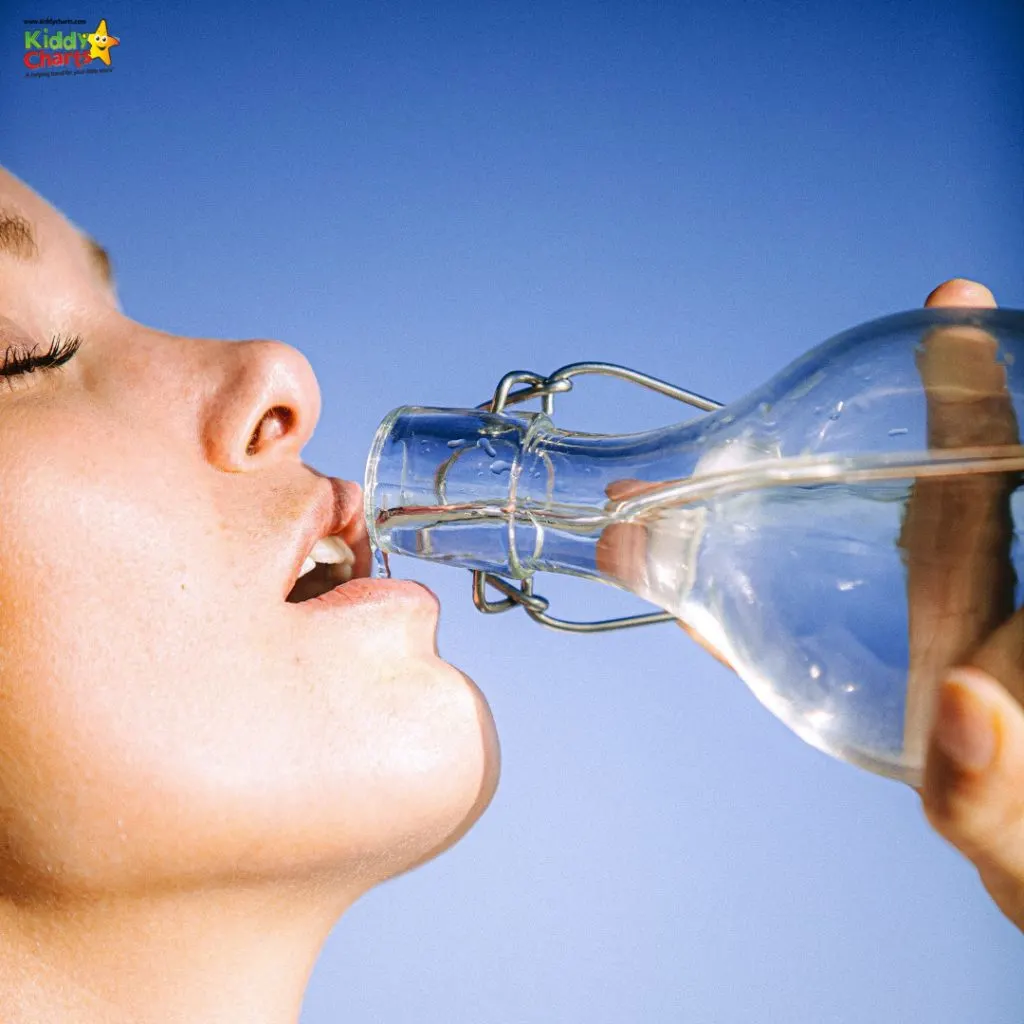
It’s useful to know the symptoms of diabetes, because the earlier a person is diagnosed, the less likely they are to become seriously ill. We talk about the symptoms in terms of the 4 T’s:
- Toilet – needing to go to the toilet more is a sign of the body trying to get rid of excess glucose in the bloodstream,
- Thirst – being really thirsty is another indication that the body is needing to flush glucose out,
- Tired – undiagnosed diabetes can make you feel really tired, and
- Thinner – if you’re losing weight without trying, this is also sometimes a symptom of diabetes.
This poster is a useful visual reminder of symptoms that might need to be checked out by a doctor.
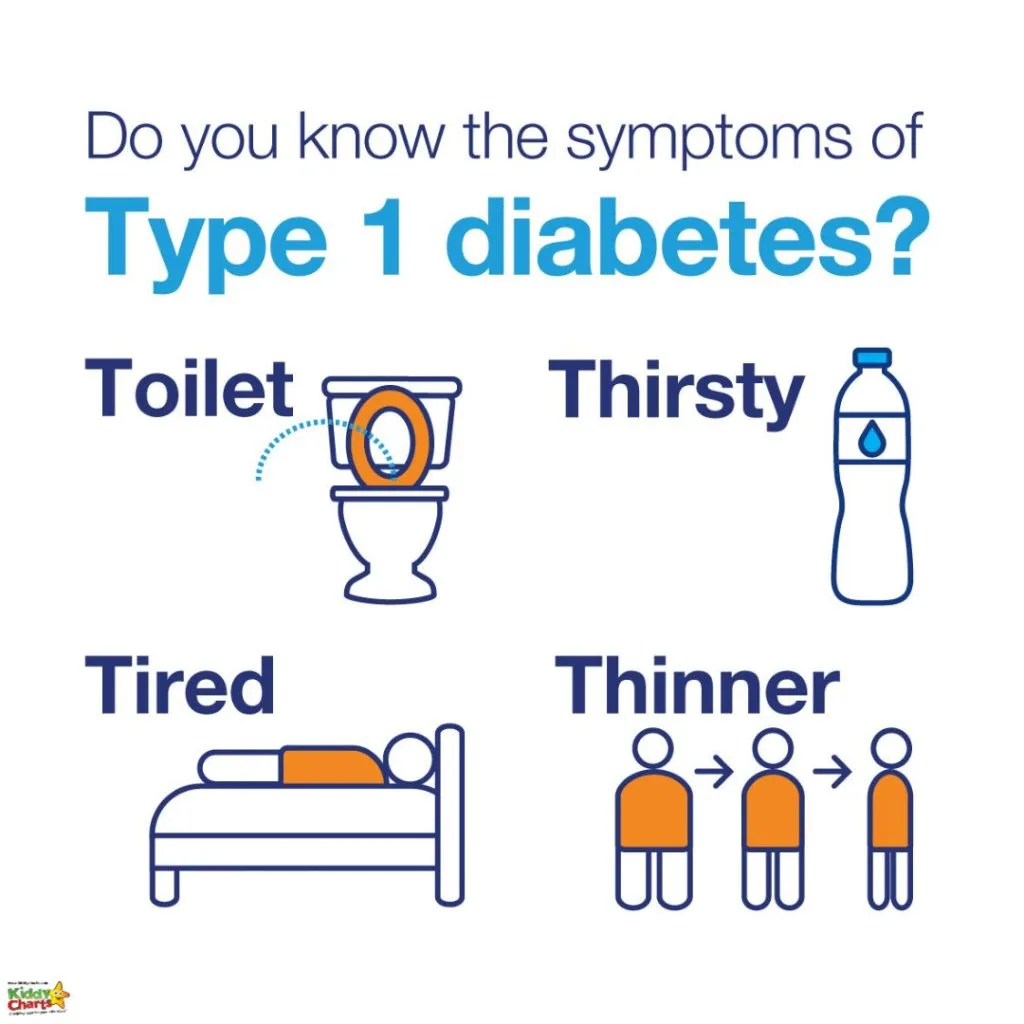
Now you know more about diabetes you could test your knowledge with this quiz. There’s also a video that might be useful to help explain diabetes to really young children.
You could also print out the poster below to put on the school noticeboard, or use it to explain to your class what having diabetes means.
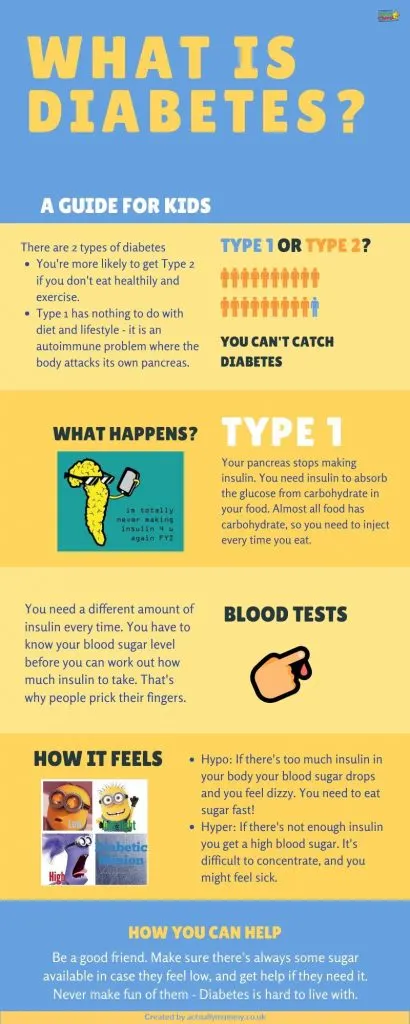
We hope you agree that this is an excellent article from Helen on how to explain T1 Diabetes to children. Why not share it to help raise awareness even more?
If you want to understand more, and to follow Helen and her daughter’s journey – why not pop on over to her Actually Mummy blog too.
We hope that you have found this Type 1 diabetes kids guide helpful, if so, why not sign up to our newsletter too?
Thanks for coming to see us.
Helen
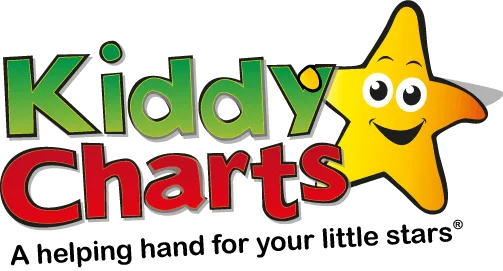
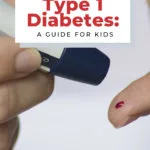

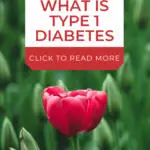
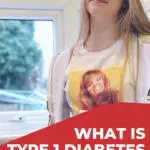
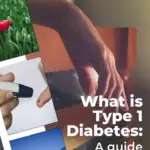
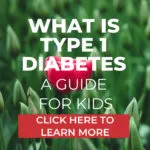
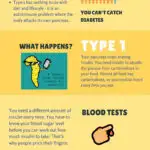
Helen Wills
Monday 9th of March 2020
Thanks so much for sharing this. I really hope it clarifies what diabetes is like for people. I have lots more information on living with diabetes on my blog :)